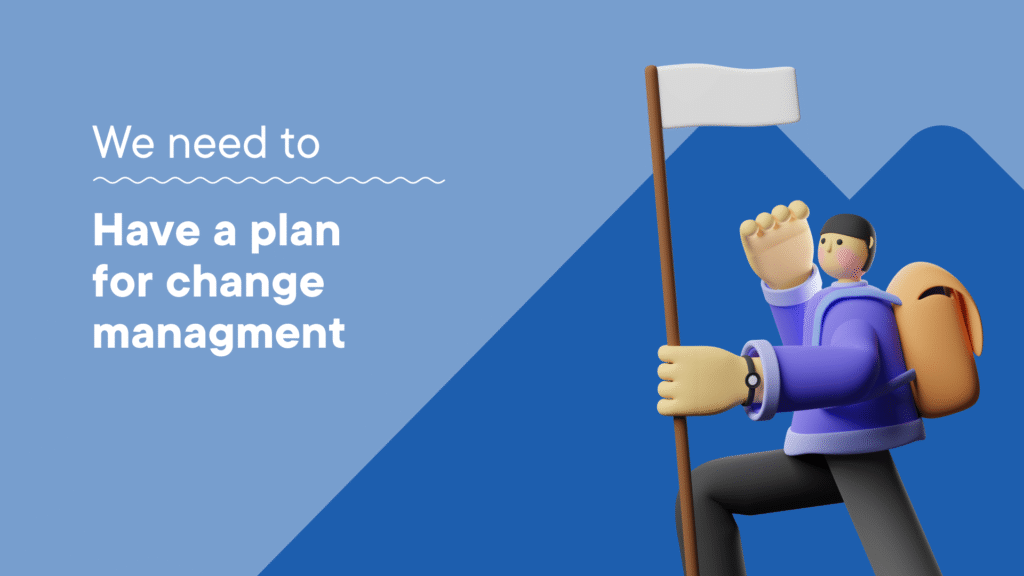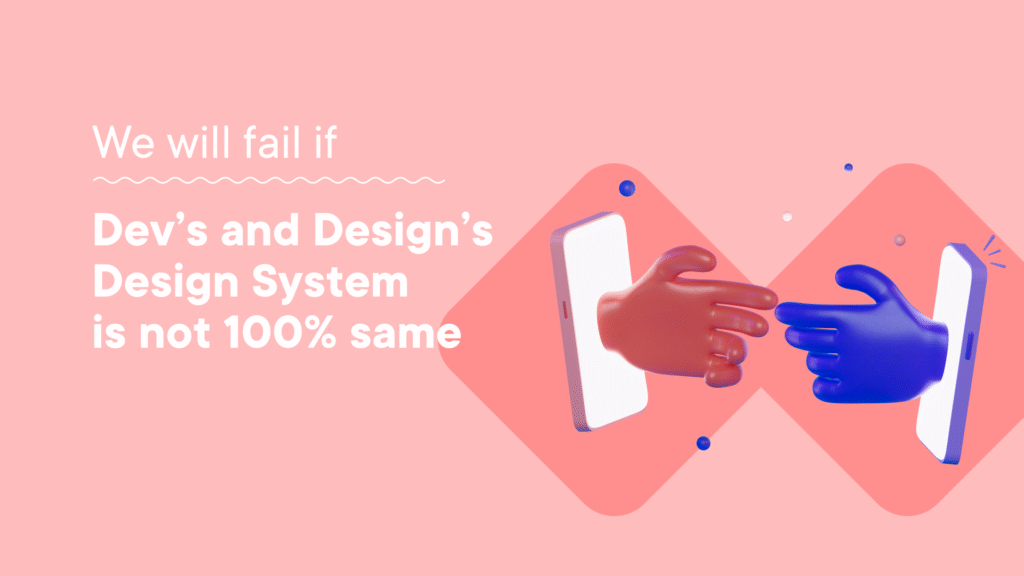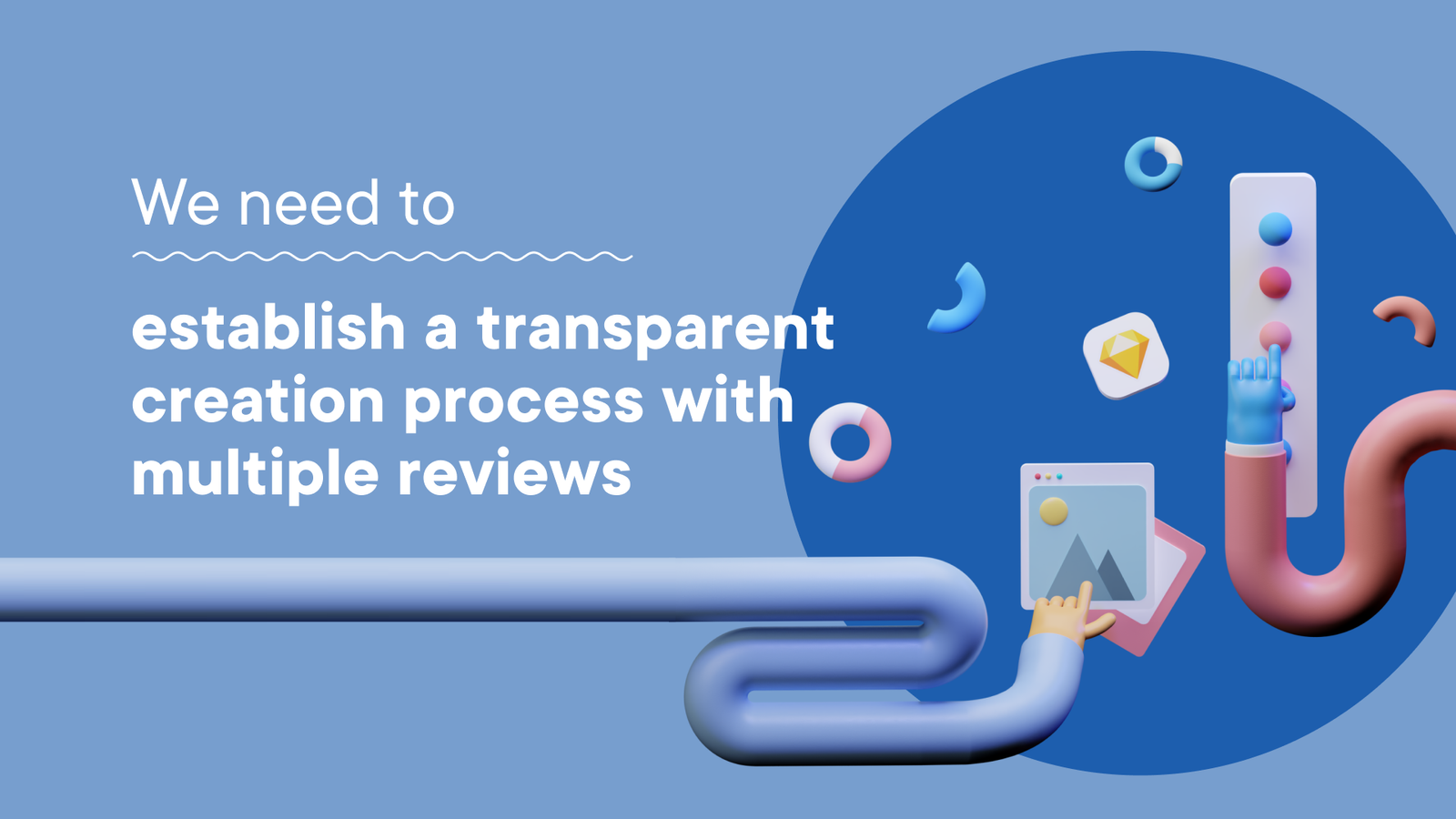Unifying a Digital Ecosystem
Rebranding
Summary: This project was a large-scale organizational rebranding at Yext, aimed at unifying a diverse product ecosystem. The primary challenge was to ensure brand consistency across all products despite a wide array of legacy items and one-off designs.
My Role: I was the central connection for different scrum teams and served as a bridge between the product teams and the Design System team’s UI designers.
Team: Platform and Design System Team, Product Teams, Engineering Scrum Teams, Brand Team
The Problem
My journey with rebranding began early in my career at Hearsay, where I helped transition the brand from red to teal and later contributed to a new design system. But when I joined Yext, I was met with a challenge of a different magnitude. We were no longer simply changing colors and fonts; we were undertaking a complete organizational rebrand. The vision was to unify our diverse product ecosystem under a single, cohesive brand identity.


This was a complex, high-stakes initiative with a crucial, yet delicate, role for me as a product designer. My primary challenge was not to design the new UI, but to act as the central hub connecting four different scrum teams. I had to ensure our rebranding efforts were consistent across the entire product suite, even with the presence of legacy items and one-off designs that did not adhere to our new design system. This was a massive communication and coordination effort, and it was also my responsibility to handle the complexity and ensure a unified brand experience for our users.
From Chaos to Cohesion
I approached this project with a blend of design strategy, meticulous planning, and planned communication. I knew that success hinged on a process that was transparent, collaborative, and adaptable.

Creating an Inventory
As part of the rebrand effort, I created a detailed map of all affected touchpoints. This visual artifact became a critical alignment tool, helping the team spot inconsistencies and prioritize which legacy assets and one-off components required immediate attention. From there, I built an inventory of the existing, relevant as-is designs, ensuring that as we implemented the new rebranded components, we had a clear reference list to validate against. This approach reduced ambiguity, streamlined decision-making, and kept the rebrand rollout consistent across the product ecosystem.
Facilitating Cross-Team Communication
With four Scrum teams working across different products, communication gaps posed a major risk to design consistency. To address this, I established a regular cadence of alignment meetings to share progress, and clarify design decisions. Serving as the bridge between the product teams and the Platform team’s UI designers, I translated updates from the design system into guidance, aiming for consistent implementation.
The "Design Debt" Audit
Successfully rebranding required tackling both technical and design debt. I partnered closely with engineering teams to audit legacy items across the product, categorizing each by impact and effort. This analysis informed a prioritized backlog, enabling a phased approach that balanced immediate wins with longer-term updates. By aligning design and engineering priorities, we ensured the rebrand was both manageable and consistent across the product ecosystem.
Navigating the Storm
The most pivotal moment of the project came when a key component, on a legacy page was identified as a one-off item that would be too complex to update within the tight deadline. This created a conflict. The design system team wanted consistency, but the engineering team faced a technical blocker.
I facilitated a meeting, presenting a clear case. I showed how this one-off item, while visually inconsistent, was used in a specific flow that was soon to be deprecated. I proposed a phased approach, that we would address the most visible, high-impact inconsistencies first and schedule the legacy component for a later sprint.

This time around our team had to face the fact that big projects might flop because they’re costly and usually end up being disruptive or overwhelming for the environment and the people around them. They can spark political pushback, too. On top of that, because these projects can drag on for years, people lose patience when they don’t see real progress or results along the way.
Outcomes
The rebranding almost ended-up being a scope creep on product roadmaps. What helped is a strict timeline, continuous communication and making decisions in expert mode.
This experience validated my belief that a well-documented process is the key to managing complex projects. By creating a map of our product ecosystem and conducting a design debt audit, we were able to turn chaos into a manageable effort. This project also reinforced my belief in the importance of humility and collaboration. I was not a lone hero, but a critical member of a team that achieved a collective victory.